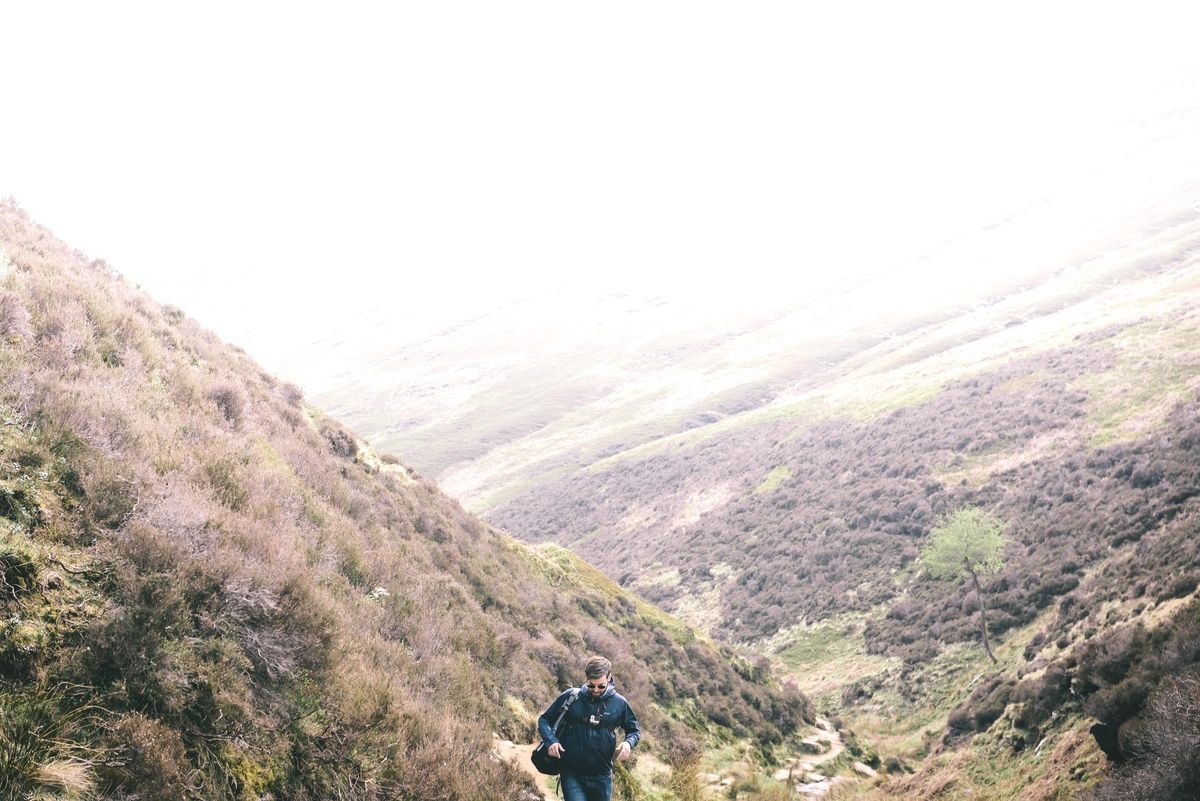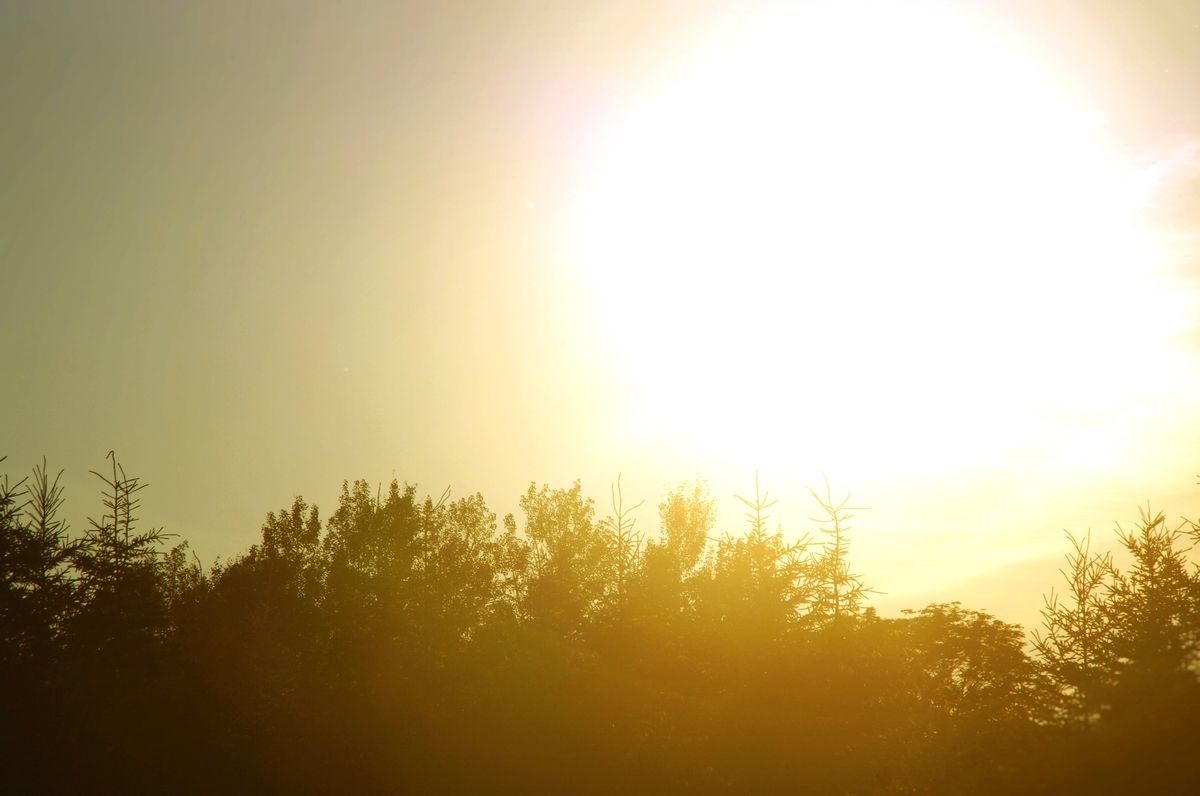Overexposure for Beginners – What It Is & 5 Ways to Fix It
Rent film gear from local filmmakers.

Rent film gear from local filmmakers.
Are your images too bright?
Overexposure happens to the best of us.
Don't worry. This article will explain what overexposure is, how to fix it, and how to avoid it.
If you're a beginner, you should start by reading about the basics of photography.

What is Overexposure
Overexposure happens when the final photograph is too bright. This occurs when too much light hits the camera sensor.
In overexposed images, the brightness is too powerful, and there are usually no shadows.
On the contrary, when very little light hits the camera, the image gets underexposed and too dark.
Both overexposure and underexposure are used by professionals. For instance, imagine scenes with heaven - everything is very bright and fully lit.
Simplified summary:
- Overexposure - too light
- Underexposure - too dark
Exposure is the overall brightness of an image. Exposure determines how bright or dark the final picture is.
The elements that makeup exposure are Aperture, Shutter speed, and ISO.
You must accurately combine aperture and shutter speed settings to expose your photos perfectly.
If you want to learn more, read our article about camera exposure.

What is correct exposure?
Photography is a subjective art.
Photographers play with light and exposure depending on their style, mood, or the emotion they want to relay in the image.
Therefore it's not possible to strictly determine "correct" exposure. Some photographers overexpose all of their images to relay a specific emotion. Others use underexposure to create the "dark" feeling.
But if by correct exposure you mean natural-looking image - when it is not too bright and not too dark, we understand.
So, in this case, a correctly exposed image is one with enough light and enough shadow. It feels natural to look at the photograph. As if you were watching the scene with your own eyes.
Learn about exposure compensation next!
How to fix overexposure in 5 steps
Suppose you are aware of overexposure during the photo shoot. In that case, you can fix it by adjusting the aperture, shutter speed, and ISO settings.
Learn how the exposure triangle (aperture, shutter speed, ISO) works; you should have no problem fixing exposure in your photos.
Another technique you can use is bracketing.
It's simple.
- Determine what you think is the correct exposure
- Take your photo
- Now raise and lower one of the values from the exposure triangle by +1 and -1
- Take a picture with the lower value, and then take a picture with the higher value
- You should now have multiple images with different exposure levels
Now, you have an underexposed, correctly exposed, and overexposed image.
In post-processing, you can blend all 3 together to find the ideal exposure. This technique works very well for finding the correct exposure for your photos.
Otherwise, you can fix overexposure in post-production editing. You can use software like Lightroom to adjust the exposure sliders.
Then, you can adjust the Highlights slider, Whites slider, and Gradient filter and use the Adjustment brush.
Play around with the values to get the exposure you want for your photo.

5 Tips to Avoid Overexposure
Here are the best 5 tips to avoid overexposing your photos:
1. Get to know the Exposure Triangle
Your photography life will undeniably be easier if you understand the relationship between ISO, aperture, and shutter speed.
It's not rocket science, and it will improve your photography in the long run.
2. Shoot in RAW
Shooting RAW has many benefits, but there is a considerable one for exposure.
RAW format captures more information. If you have issues with exposure, a RAW image will be much easier to edit than a JPEG file.
3. Set a low ISO
ISO is the camera's sensitivity to light. The lower the value you set, the less sensitive your camera will be to light sources.
Lower ISO values decrease exposure levels.
4. Use ND filter
A neutral Density Filter or ND filter is a filter that modifies the light your camera sensor receives.
It's a dark filter that reduces the amount of light in your shot.
ND filter doesn't affect colors or anything other than light. So if you want lower exposure for your image, consider using an ND filter.
5. Set a medium to fast shutter speed.
Just like lowering ISO helps reduce the exposure, increasing the shutter speed does the same thing.
Shutter speed determines how fast your camera shutter opens and closes when taking a photo.
If you are in a well-exposed or overexposed space, try increasing shutter speed, so there is not as much light in your shot.

What's next? Learn more about exposure
In this article, you've learned what overexposure is, how to fix it, and most importantly, how to avoid it.
Keep in mind – photographers have subjective ideas on what is the correct exposure. Do what feels right for you and your photography.
Dive into camera exposure 101.
What is an example of overexposure?
An example of an overexposed photo is a picture that has blown out the brightness. The photo has no or very weak shadows and is generally too bright.
What is the overexposure effect?
The overexposure effect happens when an image is brighter than it should be.
What is overexposure used for?
Overexposure can be used as a photography technique. If a photographer wants to create a contract or convey specific emotion, they can overexpose their images.
How do you fix overexposure?
Lower your ISO and increase the shutter speed. Use the bracketing technique and fix your light sources. Lastly, you can fix the image with post-production editing software.






















